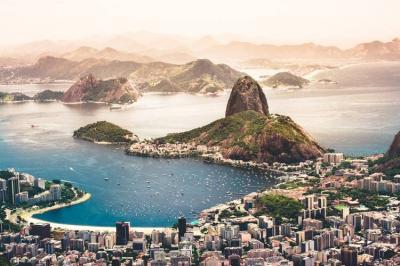A new strain of the coronavirus, dubbed "Brazilian COVID," is spreading rapidly and is the deadliest in South America in recent weeks. The British newspaper "The Guardian" reported on the plight of Rommel Heredia from Peru, who lost his parents and brother while racing against time to find a bed for them in overcrowded ICU rooms. Heredia, a 47-year-old physical education teacher, spoke in a muffled voice due to the two black masks on his face: "My brother Juan Carlos, 52, died while waiting for a bed in the ICU at Rebagliatti Hospital in Lima." He added, "The following day, I lost my mother Filma, 80, who suffered a fatal brain inflammation that doctors blamed on COVID-19. Four days later, my father Jorge died."
Peru is currently experiencing its deadliest wave of coronavirus, raising questions about how the country can tackle the pandemic with hospitals nearly fully occupied. Similar fears of doubt and despair are rising across Latin America, and it is believed that the deadly strain that emerged in Brazil and spread throughout the continent continues to claim more lives daily. According to statistics, Latin America has recorded nearly one million COVID-19 deaths since the first case was discovered in February 2020. The pandemic is now accelerating again in countries like Argentina, Bolivia, Venezuela, and Uruguay, with many convinced that "Brazilian COVID" is driving the widespread outbreak.
In Peru, Health Minister Oscar Ugarte warned in early April that "Brazilian COVID has reached almost all areas," as the country sank into its deadliest phase. Brazilian scientist Esther Sabino, who tracks new strains of COVID-19, particularly the Brazilian variant, stated that evolutionary analysis suggests the mutation appeared in late November near Manaus, a crowded city on the banks of the Amazon in Brazil. Weeks later, Manaus made global headlines after its hospitals overflowed with patients, to the extent that one nurse described the situation as a "complete slaughter."




